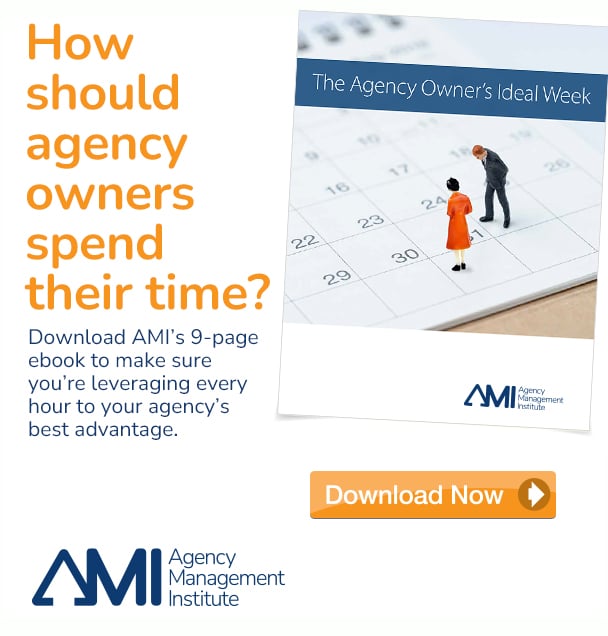The recent recession beat the life out of agencies and their owners. We were so busy begging for business and compromising on our rates that, by the time the economy recovered, we had gotten used to acting beholden to our clients. During this, we lost our swagger.
Thanks to years of agency struggles, today’s clients and prospects can practically smell desperation during a pitch. To make clients hungry to work with agencies again, we have to stop begging and remind ourselves that we are worth the prices we charge.
Bad Times, Good Times
Many agencies went through hard times in the late 2000s. I can still remember that sinking feeling when I couldn’t save a client or convert a prospect. I always worried I was going to lose a great employee because I wouldn’t have enough money to keep him or her on the payroll.
I know you remember it, too. That drop in your stomach when the phone rang, knowing it was a client about to say he’s canceling his contract or she’s closing shop. Those sleepless nights spent wondering which person you would have to lay off if things didn’t pick up soon.
I always felt like the next day would be better and business would pick up soon, but I (like many of us) learned how to be afraid. I spent a long time waiting for that better day to come, and only recently did I realize that the new era has already dawned on us — and we never noticed until now.
How Agencies Get Their Swagger Back
The first step toward becoming a confident agency again is recognizing that things are much better today than they were seven years ago. That chapter is over, the economy has recovered, and good agencies are in high demand.
Becoming the kind of agency people want to work with starts with recognizing and defending your value. Prospects tell us all the time that the most attractive agencies aren’t the ones ready to bend over backwards to meet their needs, but the ones that project an image of confidence and refuse to compromise their structure, business practices, or pricing model to land one more client. Clients want critical thinkers who actually make them better at what they do.
When we surveyed CMOs, we found that confidence was one of the traits that most attracted them to the agencies they were considering. These four strategies will help you get back your swagger:
1) Set clear goals — and achieve them.
Agency owners and employees are competitive people, and achieving a business goal is a great adrenaline rush. Set SMART goals, and enjoy that feeling you get when you blow them out of the water.
2) Act like a winner.
Speaking of achieving goals, when things go well, don’t just breathe a sigh of relief that you’ll live to do business another day. When your team wins an award, hits a milestone, or just does a great job on a project, take the time to celebrate and congratulate. An energized agency full of people confident in each other is going to be confident in itself in front of prospects.
3) Give back.
Donate some of the agency’s time to make a difference. A charitable (and visible) community partner is much more appealing than a company scrimping and saving to stay afloat. Looking beyond day-to-day tasks can help revitalize your team and your agency’s purpose.
4) Don’t rebuild; reinvent.
I know the owner of what had been a brilliant traditional media and creative production agency. The agency bought millions of dollars’ worth of broadcast media. When the recession hit, media budgets shrank everywhere. At the same time, digital media was becoming popular. This owner took the time to look at the landscape, realizing he could never recover by doing what he’d always done. Instead, he invested in retooling his agency to become a digital media shop. Today, it’s thriving as a completely reinvented agency.
Today’s agencies are battle-hardened, ROI-earning powerhouses, and it’s time we started acting like it. Stop begging for clients; show the world you’re open for business on your terms. No one is going to walk up and hand your swagger back — if you want it, you’ll have to take it.
This article was written by Drew McLellan and first published on HubSpot.






